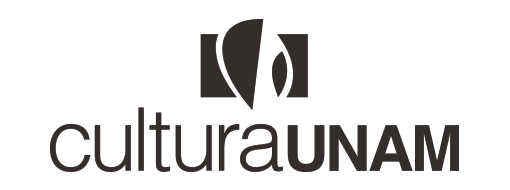 |
Español English
What is Sustainable Chopo?
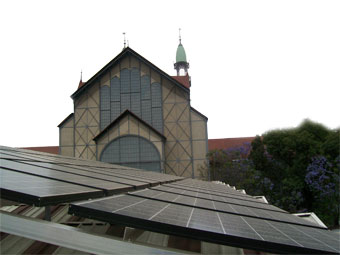
It is a MuseoUniversitario del Chopoprogram intended to join the efforts of the UNAM to promote the use of new technologies that can combat climate change and protect the environment. It involves adopting water and energy-saving and efficiency policies, and introducing innovative systems to generate electricity using solar cells and to collect and reuse rainwater.
What is the principal objective?
To popularize a series of measures that help to protect the environment and contribute to combatting climate change.
How does it work?
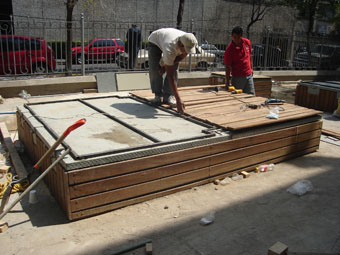
The project, conceived and implemented with the advice of the UNAM’s Center for Energy Research (CIE), is implemented through thee Energy Savings and Efficiency Program, and focuses on three areas:
The project, conceived and implemented with the advice of the UNAM’s Center for Energy Research (CIE), is implemented through thee Energy Savings and Efficiency Program, and focuses on three areas:
- Generate electrical power through the use of polycrystalline silicon photovoltaic cells, installed on the roof of the administrative area.
- Recover, filter and reuse rainwater, following the guidance of the PUMAGUA program for the rational use of this resource.
- Measure the use of electrical power and implement energy-saving actions.
What advantages does it offer?

In the first stage alone, 25 percent of the energy consumed by the building will be self-generated. This represents a saving of around 16 tons of CO2 emissions into the atmosphere. In addition, 40 percent of the water employed by the museum (over 3 million liters) will be captured and used for washrooms and irrigation, as well as for replenishment of the aquifer. The plan involvesthe installation of devices as well as implementing actions to save a further 20 percent.
In the second phase, a diagnosis of the operation of each aspect of the program will be carried out to evaluate the possibility of doubling the number of photovoltaic cells, installing a water treatment plant, and refining the energy saving policies implemented in the first phase. This will ensure that the museum is fully self-sufficient in its consumption of electricity and water.
What is photovoltaic technology?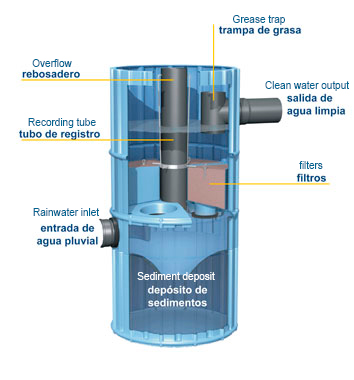
Photovoltaic technology uses cells to transform sunlight into electricity. Its use helps to reduce greenhouse gases (such as CO2) which are largely responsible for global warming.
Photovoltaic technologyhas a long lifetime and is guaranteed for twenty years. It uses no intermediate process, requires no fuel, makes no noise, and needs very little maintenance. It has long been established in rural zones where there is no conventional electricity network, and in recent years it has become a viable alternative in urban areas where a reliable, safe and low-maintenance source of energy is required.
How is rainwater reused?
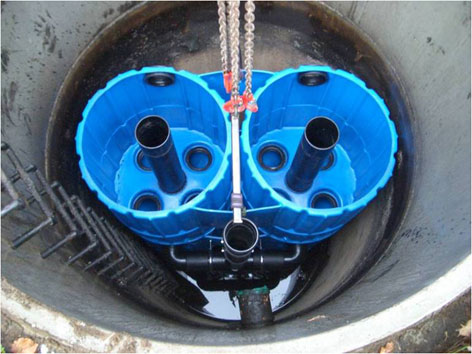
The water is captured by a system of gutters arranged to catch water runoff from the building’s roof, and lead it to a system comprising two German-made filters and a set of attachments that allows a hydraulic coupling to the storage tanks
The filtration system retains and removes suspended particles, heavy metals, hydrocarbons, fertilizers and bacteria, meaning the water can be used in washbasins and showers. Since the largest consumption of water is due to washrooms, water-saving systems will also be installed.
What other energy-saving measures will be taken?
Use of energy-efficient light bulbs, continual maintenance of computer equipment, and the activation of energy saving programs for all electronic devices. In addition, an awareness-raising campaign will be held among museum staff to encourage them to participate in the energy saving strategies, and identify themselves as responsible for specific actions. Technical staff will also be trained in preventive measures for high energy consumption equipment.